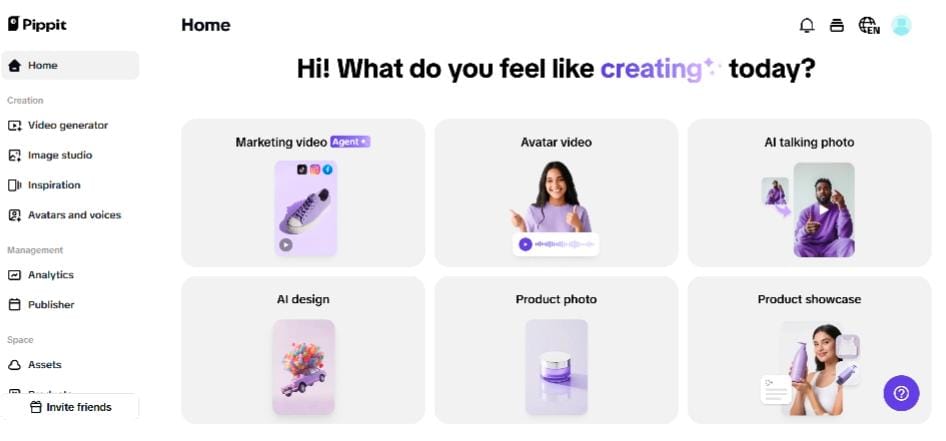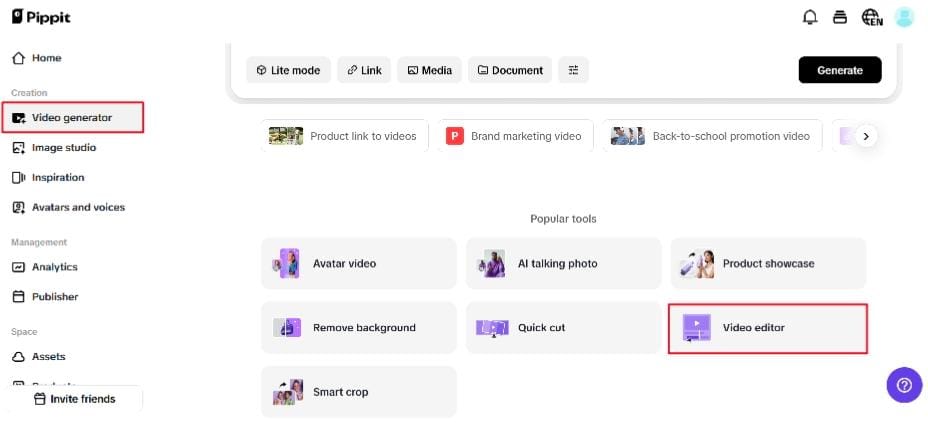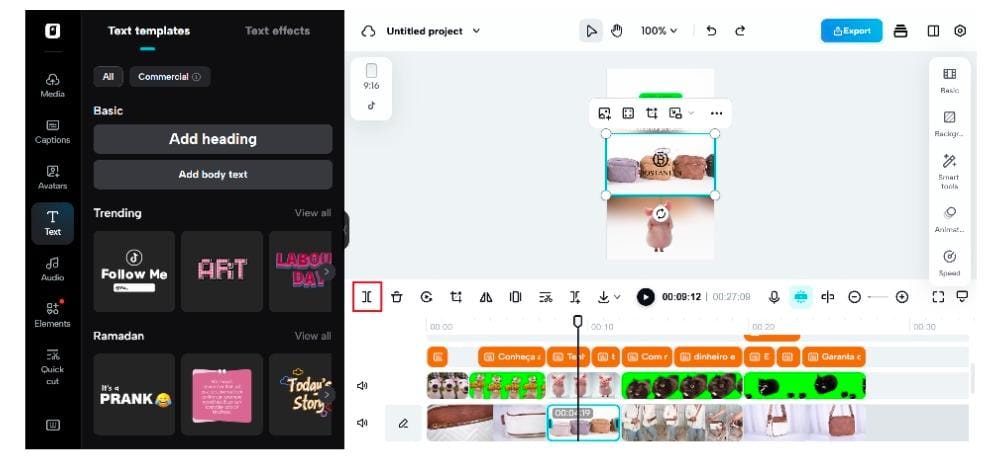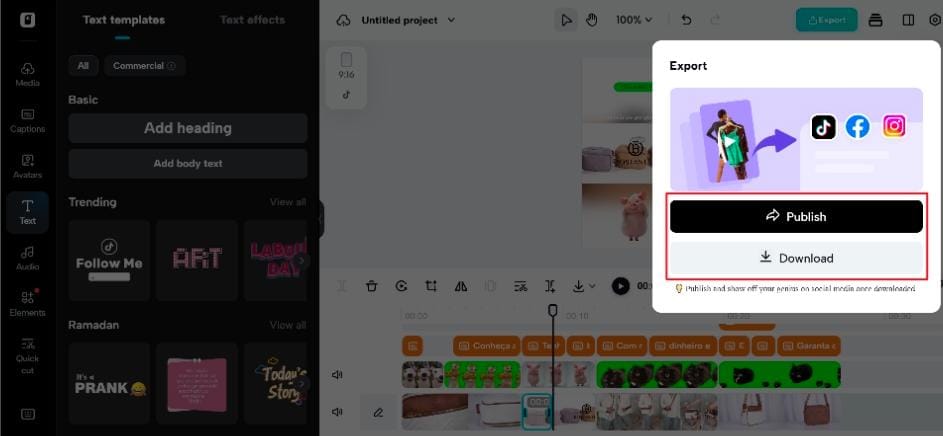A good cut is an invisible nudge. It tells your viewer when to laugh, when to lean in, and when to feel the weight of a moment. Paired with quick and trimmed motion prototypes from an online video cutter, you can sketch narrative arcs for social and ads before you commit to final grading or sound design.
In this guide, we’ll unpack how pacing, rhythm, and creative cuts craft emotional journeys, give you hands-on techniques to edit toward feeling, and show simple workflows so you can turn raw footage into stories that actually move people.

The three-act rhythm of short-form storytelling
Even micro videos follow a narrative arc. Think of it as three beats: hook, build, payoff. The hook grabs attention in the first one to three seconds. The build unfolds the conflict, curiosity, or information. The payoff delivers reward — a reveal, a solution, a laugh, or a call to action. Great editing maps these beats to timing: immediate hooks need bold first frames, builds need rhythm that escalates tension, and payoffs need space to land.
Pacing is your emotional dial. While slow tempo adds weight and intimacy, fast pacing adds energy and urgency. Mix both within a short piece to steer the audience’s feelings. For example, start with quick, rhythmic cuts to hook, then stretch the shots as you approach the reveal so the payoff feels earned.
Timing is everything: microcuts and macroholds
Small timing choices have outsized effects. Microcuts — trims of 100 to 300 milliseconds — can tighten a performance and remove hesitation without changing meaning. Macroholds — frames extended by 300 to 1000 milliseconds — let emotions register. Use microcuts to maintain momentum, and macroholds where emotion or clarity must sink in.
Keep the breathing and response beats intact while editing the conversation. A tiny inhale before a line can increase authenticity; removing it can make performance feel rushed. In contrast, when you need to compress time for information, use rhythmic microcuts and J-cuts to overlap audio and visuals so the story moves without jolting the ear.
Editing with empathy and ethics with Pippit
Editing shapes perception. Be mindful when you compress time from testimonies, cut out context, or rearrange events. Preserve truth and avoid edits that distort meaning. Ethical editing builds long-term trust with audiences; clever manipulation may win a click but risks reputation.
Step 1: Open the video editor
First, create an account with Pippit to view its dashboard, select Video generator from the left navigation bar, and select Video editor. To add the video you want to cut, either drag & drop it into the editing interface or tap Click to upload.

Step 2: Use the video trimmer tool
Then, to trim the video, click on it on the timeline and move the transform handles at the start or finish. Drag the Playhead to the desired scene in between, then choose Split to remove it. Once the unnecessary clip is removed, your movie will be perfectly edited.

Step 3: Export or share the trimmed video
Finally, click Export on the top right hand corner of the editing interface, select Download, select the resolution, format, frame rate, and quality, and Export to save the video. Otherwise, click Publish to publish the content directly to your social channels.

Cutting for meaning: the role of match and contrast
Good cuts either match or contrast. Match cuts maintain continuity — same motion, similar framing, clean visual lines — and are ideal for clear exposition. Contrast cuts create surprise by switching perspective, speed, or tone, and they are powerful when you want viewers to re-evaluate what they just saw.
Try using a free image enhancer online for the best quality results or step-by-step pieces where clarity matters. Use contrast cuts in brand films and ads where you want to rewrite expectations: a slow, intimate close-up cut to a wide, colorful product reveal can amplify the emotional flip.
Rhythm as a score: editing to tempo
Think of editing like composing. The rhythm of your cuts is music. Identify the natural tempo in your footage — a gesture, a beat in the music, or a repeated movement — and cut to that pulse. Shorter average shot lengths increase perceived tempo; longer shot lengths slow it down. Create patterns: two quick cuts then one longer hold creates a little rhythmic motif that the audience senses even if they don’t consciously notice.
Layer visual rhythm with sound. If you have a music track or voiceover, align the downbeats with your edits. When sound and cut land together, the impact multiplies. For rough prototyping, use an AI clip maker to audition different pacing options quickly, then refine the best rhythm in the editor.
The power of negative space and silence
Editing is subtraction. Removing clutter allows the core emotion to speak. Use silence and visual negative space as tools; a pause can communicate more than a flurry of quick cuts. Allow space for a queue to land when you want it to. A half-second of silence before a reveal amplifies the effect because the audience anticipates more.
Similarly, negative space in framing gives text or call-to-action room to breathe in social placements. Clean shots with deliberate empty space often outperform cluttered ones because the mind knows where to rest.
Cutting for character and POV
Decide who’s story you are telling and honor that perspective in your edits. A character-driven edit will favor reaction shots and close framing; an informational edit will favor wide shots and step-by-step clarity. Point-of-view edits — literally cutting to what a character would see — increase empathy and immersion. If the piece asks the audience to identify with the protagonist, favor their reactions and sensory details.
Storytelling templates you can reuse
Templates reduce decision fatigue. Build a few templates for common needs: a 15-second discovery hook, a 30-second product story, and a 60-second founder narrative. Each template should have a pacing blueprint: average shot lengths, count of microcuts, and recommended transition types. Templates speed production and keep your storytelling consistent across pieces.
Parting tip: listen to your edits
Watch your rough cut with the sound down, then with sound up. If the edits work in both modes, you’ve likely found a rhythm that communicates visually and sonically. Use the AI clip maker to prototype variations in tempo and see which arc earns replays.
Want to turn raw footage into a short that actually moves people? Whether you’re creating pinay viral latest content or personal stories, open Pippit, cut with intention, and publish stories that feel like they were always meant to be told!






